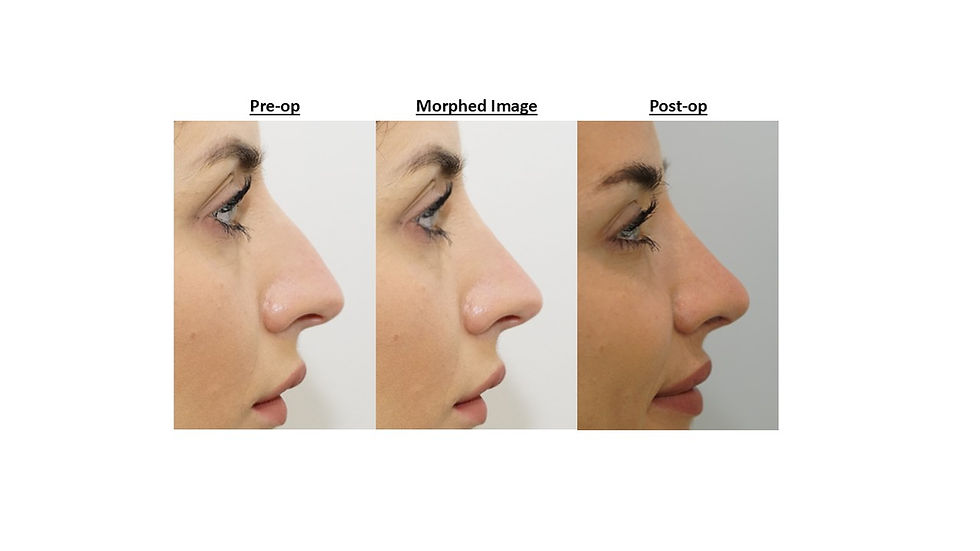Understanding the Rhinoplasty Recovery Timeline from Week One to Year one
- mrtimbiggs4
- Apr 18
- 3 min read

Rhinoplasty is not just about changing the shape of your nose; it’s a significant surgical procedure that can enhance your appearance and potentially resolve breathing issues. While many people are excited to see the final results, understanding the recovery process is equally vital. The journey of healing requires time and patience. In this guide, we’ll break down what to expect each week as you recover from rhinoplasty.
Week 1: Rest & Swelling
The first week after your surgery focuses entirely on rest. It is a critical time as your body starts to heal.

You will have a splint on your nose to protect it, a standard part of the healing process. Bruising and swelling around the nose are common and can usually be managed with prescribed medications and cold compresses.
Because this week is crucial for healing, many people find it best to take off work and avoid social activities. Make sure to rest and keep your head elevated to minimize swelling. Consider engaging in light activities such as reading or watching movies to keep your mind occupied.
Weeks 2–4: Back to Routine
As the first week wraps up, your splint will be removed, allowing you to see your new nose more clearly.

During weeks two to four, you will notice significant changes. Bruising often fades significantly, with about 80% of noticeable bruising/swelling disappearing by the end of week two. While many patients feel ready to return to social settings, it’s important to note that some swelling, particularly at the tip of the nose, may still persist.
At this stage, many individuals can resume most of their daily activities. However, it's advisable to avoid strenuous exercise or activities that can risk injury to the nose, as the delicate tissues are still healing.
Months 1–12: Subtle Refinement
The healing journey doesn’t stop after the first month; changes can continue to unfold over the course of a year.
During this time, the major outcomes of your rhinoplasty will be visible, but subtle details may take longer to refine. It’s normal for the tip of your nose to remain slightly swollen for several months, which can vary from person to person.
About 90% of swelling dissipates within three months, yet the final results can still evolve for up to 12 months. Each day might bring something new in your appearance as minor adjustments occur.
As you approach the one-year mark, you will likely be thrilled to see the long-awaited changes that align with your vision for your nose. It’s essential to embrace this gradual process, understanding that each day contributes to your overall transformation.
Final Thoughts
The rhinoplasty recovery timeline offers a fascinating journey filled with anticipation. Each recovery stage serves a crucial purpose in reaching the best possible outcome. From the initial rest and swelling phase at the beginning to the subtle refinements made over many months, every moment is significant.
Being informed about what to expect can help you manage your recovery effectively and appreciate the transformative results of your surgery—even if it takes time. If you are considering rhinoplasty or septorhinoplasty, consult with a qualified professional who can walk you through this exciting journey toward enhancing your self-image.
Embrace this journey, stay informed, and be patient with your body. The wait will be worth it.


